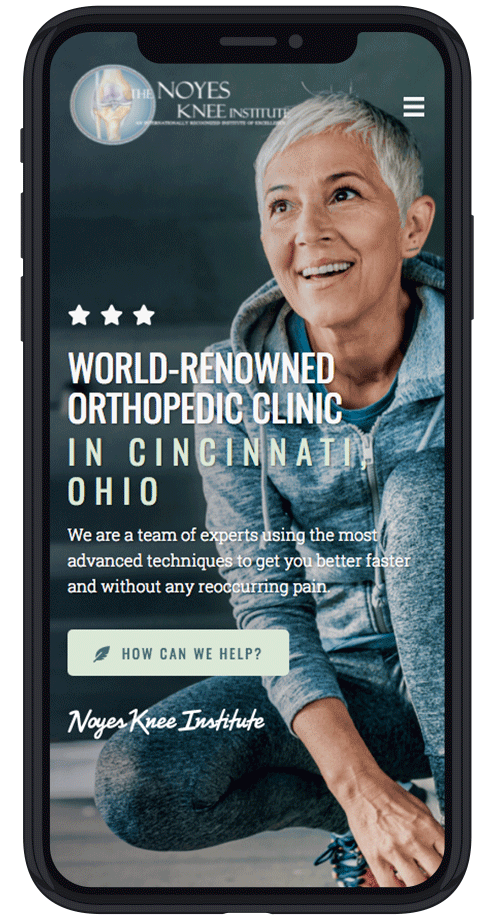Published On
Category
Resistance training with weights can help with weight loss and muscle health, but you need to train safely. While weightlifting does not cause as many injuries as other sports, knee injuries are still possible when the joint is placed under a lot of stress. Here are the most common knee injuries and what you can do to prevent them while you lift.
Anterior Cruciate Ligament Tears
The anterior cruciate ligament (ACL) connects the tibia (lower leg bone) to the femur (upper leg bone). Its primary function is to prevent over-rotation in the knee. This ligament is usually damaged when an athlete moves at high speed while also overextending or twisting the leg. In weightlifting, the ACL is more likely to be torn if you have an improper stance while supporting a heavy load.
Whenever you bend down using your legs to support heavy weight, ensure that your knees are aligned with your hips and ankles. When using a leg press or another weight machine that bends the leg while pushing weight, never bend your leg to the point of discomfort.
ACL tears can be repaired through surgery. However, the healthiest ACLs are ones that have never been damaged or torn.
Posterior Cruciate Ligament Tears
The posterior cruciate ligament (PCL) also connects the tibia and femur on the back side of the knee. This ligament is more difficult to injure than the ACL but can be damaged when the knee receives a sharp blow to the front, extending the rear ligament to the breaking point. In weightlifting, this type of injury usually occurs when you ignore safety measures and spotters.
For example, while using a loaded bar to complete a set of lunges, muscle fatigue could cause you to lose balance. If you catch yourself on your knees, the force could damage the PCL. The best ways to avoid this injury are to use a spotter whenever a loss of balance is possible, keep your feet firmly planted, and carefully lower the bar to the rack whenever you complete a set.
IT Band Syndrome
The iliotibial (IT) band is a thick tendon that stretches from your thigh to your knee. When this ligament becomes tight or inflamed, it causes knee pain that extends down from the hip. This injury occurs frequently in runners because the tendon is more commonly overused. IT band syndrome occurs while weightlifting when you don’t use proper form during squats, lunges, and single-leg lifts and raises.
You can prevent IT band syndrome by keeping your knees behind your ankles during a squat. Your toes should face forward and your knees and hips should be aligned. Your pelvis should not thrust forward. You can improve your form and strengthen your hips, glutes, and core by doing planks and supine bridges. If you experience pain in your hip and the outside of your knee, take time to rest from exercise and roll out the IT band with a foam roller.
Stay Safe
Knee injuries can occur in any sport. For general knee safety during weight training, always have a spotter correct your form and catch your weight when you get tired. Before lifting, warm up your muscles and joints with light cardio and weightless squats, lunges, and bends. If possible, avoid isolated leg exercises like leg curls and machine leg lifts, as these exercises can easily stress your knees. Finally, always remember to stretch when you finish a session-stretching prevents muscle injury, which in turn protects your tendons, ligaments, and knee health.
For more questions about knee injury recovery and prevention, contact the medical experts at Noyes Knee Institute.


